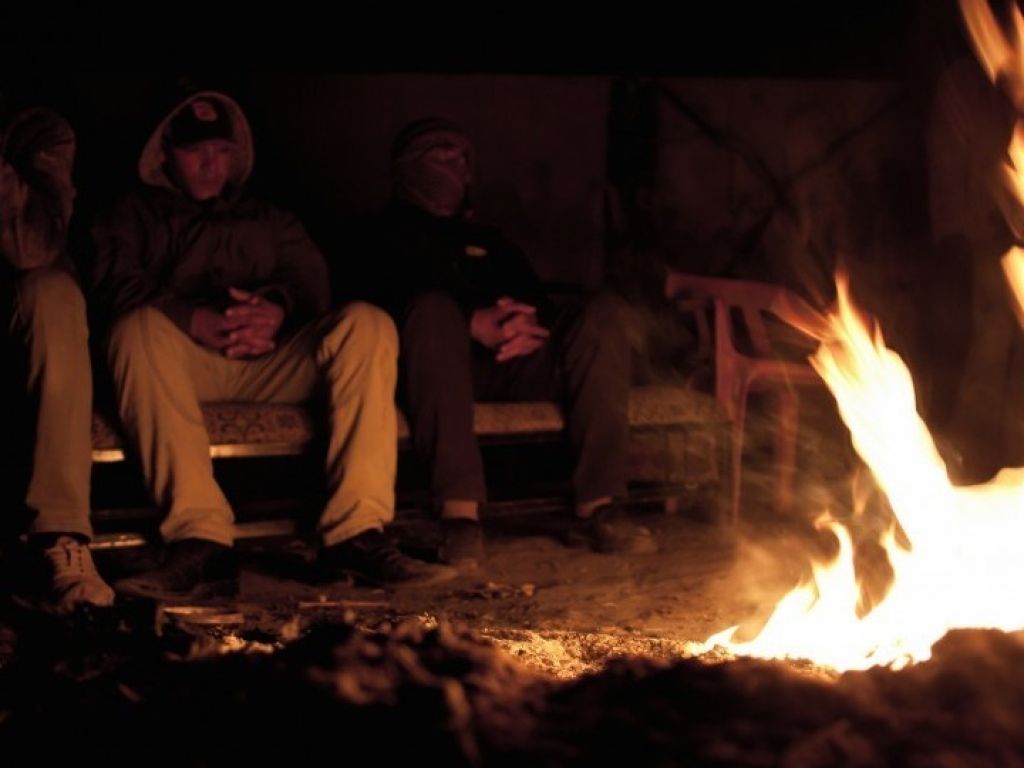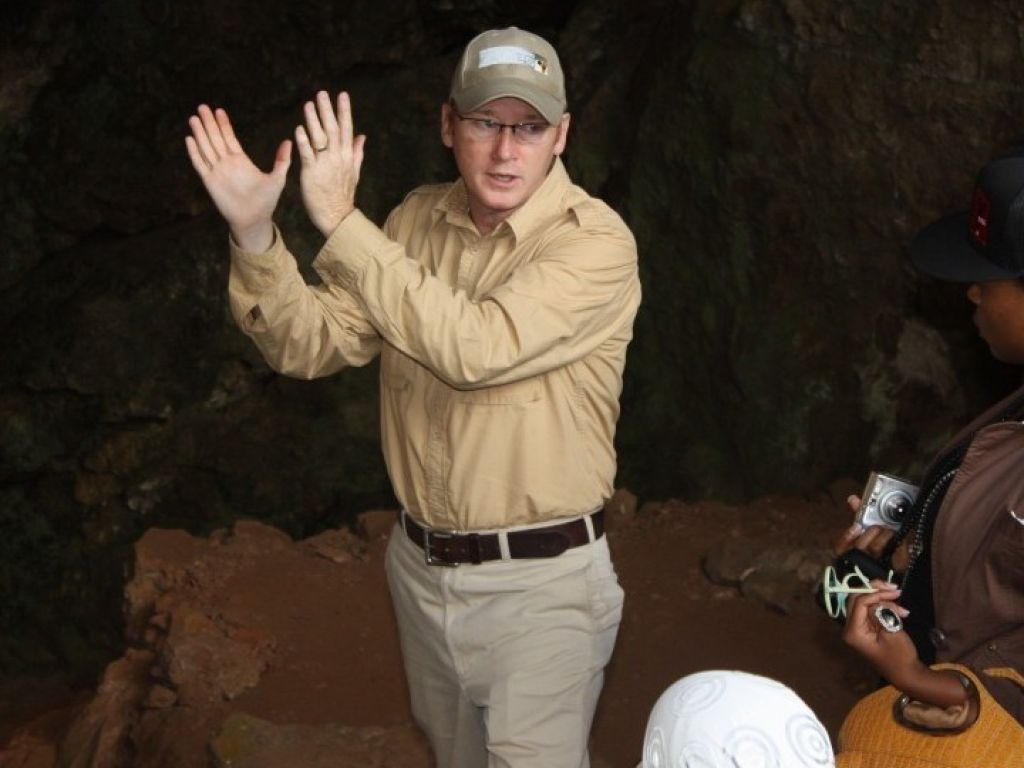An incredible opportunity awaits at Swartkrans

It’s safe to say that without the discovery of fire, you would not be reading this. Learning how to harness this energy was immensely important for humankind – just stop for a minute and think where we might be without it.
It shaped our culture completely.
Early civilizations used “slash-and-burn” agricultural techniques to clear land and allow it to re-nourish itself. Agriculture and all it has produced owes a lot to fire.
As humankind toiled in colder climes, fire provided life-giving heat. Many populations that lived in frigid climates would not have survived the harsh winters. It also led to the creation of new industrial techniques like metalworking, which was a major factor in human development.
But what’s really incredible is that you have the opportunity to walk among a world-renowned working dig site that yielded the first evidence of man’s controlled use of fire, right here in our backyard.
Led by scientist Dr Morris Sutton, you are able to explore Swartkrans, one of the richest fossil sites in the Cradle of Humankind World Heritage Site, and observe an active palaeontological dig where this fascinating evidence was discovered many years ago.

“Swartkrans is a very historic site that has been worked on since the late 1940s, and has yielded a wealth of hominid fossils and information, which helps us better understand hominid behaviour,” explains Sutton.
Researchers discovered deposits of burned bone between 1-million and 900 000 years old, together with stone and bone tools, which has lead to great speculation about our ancestors’ ability to braai. Most researchers believe that the tools and burned bones are the result of activity from Homo ergaster.
“We do not have Homo fossils from the burned bone area, but we think that’s because they were burning them,” says Sutton. “Paranthropus robustus was still being preyed upon and entered the cave deposits via other carnivores. Early Homo had become a predator and was no longer prey, thus Homo fossils are not found in the younger deposits of Swartkrans.”
Dr Bob Brain, who made the first discovery of stone tools in the nearby Sterkfontein area in 1956, first hypothesized that early hominid bones were food remains left by large predators like leopard and hyena. This meant early hominids were not hunters, but the hunted.
Fascinating insights like these are just some of the things you’ll learn while exploring Swartkrans. The cost of the tour is R375 per person, which includes a light picnic lunch. The tour is strictly for adults only, and will go ahead if there is a minimum of seven people booked.